If you'd like to make one of these too, the kit for this pincushion was supplied by Poppy Patch - and includes the pattern with full size traceable stitchery design and full size applique templates, all the fabrics, fusible wadding and embroidery threads. The pattern is designed by Melissa Grant of One Day in May Creations.
|
Here's the completed Roses and Ruching Pincushion - this is the second project that I've stitched as a member of the Poppy Patch Posse. This pretty pattern is included in this lovely kit supplied by Poppy Patch, along with all the fabrics, embroidery threads and wadding. I've shared earlier posts on my blog of the hand embroidered label, making the patchwork top, constructing the body of the pincushion and the 3D applique... ...once the 3D applique has been stitched to the top of this sweet pincushion, I filled it with crushed walnut shells through the opening in the side seam - this was then closed by hand using a fine thread and ladder stitch, ensuring the filling stays in and the stitches don't show. My top tip for buying crushed walnut shells is to try your local quilt shop - it's sold as lizard bedding, and is very ecconomical!... ...the hand embroidered label has also been stitched in place, nestling among the roses. This is a really lovely pincushion, which will have pride of place on my sewing table.
If you'd like to make one of these too, the kit for this pincushion was supplied by Poppy Patch - and includes the pattern with full size traceable stitchery design and full size applique templates, all the fabrics, fusible wadding and embroidery threads. The pattern is designed by Melissa Grant of One Day in May Creations.
0 Comments
Back in December 2015, I made a baby quilt with these fabrics (from the Patch collection by Henley Studio for Makower UK). I don't normally keep scraps, but these were larger pieces that were put in a "they'll be useful oneday" bag and they were just what I needed for this project! I couldn't resist this pattern by Hatched and Patched - it's A Dog's Life Pencil Case, purchased online from Coast and Country Crafts and Quilts a couple of weeks ago... ... this pattern combines 2 of my favourite techniques, hand applique and hand embroidery. The design was traced onto a grey background fabric and I picked a few DMC embroidery threads in colours to co-ordinate with my prints. The hand embroidery was stitched first, then I added the striped "ground" by machine. The original pattern used wool for the applique, however I chose cotton fabrics and used the Apliquick method for turning the edges over. The applique shapes were hand stitched using Aurifil 80wt thread. I fused a piece of Pellon H630 to the wrong side of both the front and the back of the pencil case to give it a bit more structure... ...once the zipper is in place the pencil case is machined together and the lining has a gap that is used for turning the pencil case through - although I used fusible wadding on the front and back of the pencil case, I didn't use it for the lining. My favourite stitch for closing seams like this is ladder stitch - small neat stitches that resemble the rungs of a ladder, then when the stitches are pulled together it leaves a nice neat, flat seam, rather than the thicker seam that you'd get with slip stitch... ...and you can't see which part of the seam was stitched by hand! Once the lining gap is closed, the lining is puched inside the pencil case and it's ready to be used. As you can see, I even managed to find a zipper in a co-ordinating colour to make my fabrics too - that's the beniefit of have a HUGE collection of zippers.. ...I pieced the back of the pencil case with the feature print and a piece of grey fabric leftover from the stitchery/applique background, as I wanted the dogs to be the right way up! A small piece of the strip that I used for the "ground" was also used for the zipper tabs - all the instruction for making the tabs and the zipper insersertion are in the instructions, which are really well written and clearly illustrated, making this a simple project for any zipper-phobes!... ...and here's the finished pencil case - filled with my quilting pencils, ready to put in my sewing bag. This would make a great little gift so I may well make more of these!
Both the leaves and the roses that are used to embellished on the top of the Roses and Ruching Pincushion are made with 3D applique. They are constructed in the same way, using a piece of fusible webbing that is fused to the wrong side of your fabric. The paper backing sheet is removed then the fabric is folded in half to made a doublesided piece for your applique. The leaf shapes have been traced onto the matt side of a piece of Reynolds Freezer Paper, this is ironed onto your double sided fabric, then cut out on the traced lines. Leaf veins are then drawn on the fabric using a fabric marking pen, ready for stitching on to the top of the pincushion... ...the roses are initially made in the same way - I've used Lite Steam-A-Seam 2 as the fusible webbing. Once the traced shape has been cut out of the doublesided roses fabric,a running stitch is made along the raw edge (not along the scalloped edge) and then gathered up... ...starting at the smaller end, a bud is shaped with a few securing stitched. The rose takes shape by gently winding the gathered edge around in a spiral, not too tightly, securing the layers with a few stitches as you go. Once the rose is completed, the stitches are secured so it doen't unrvael, then is can be stitched in place on the top of the pincushion.
If you'd like to make one of these too, the kit for this pincushion was supplied by Poppy Patch - and includes the pattern, all the fabrics, wadding and embroidery threads. The pattern is designed by Melissa Grant of One Day in May Creations. I've got a small table top ironing board in my sewing studio and it was in desperate need of a new cover, so using one of these gorgeous Wash Day fabrics (by Henry Glass for Makower UK) I've made a new one. Using the old cover as a template, here's the result! I made new padding with cotton batting and Insulbrite as the old one had definitely seen better days, and I also added a layer of wadding underneath the actual cover, so it was a bit more sturdy when I stitched the casing on. My poor old arthritic fingers really didn't like threading the elastic through the casing so I won't make another one in a hurry!... ...corded elastic, rather than flat elastic, was used for this project, and I made sure it really was nice and tight before stitching the elastic closed. The layers of wadding and insulbright were also stitched together before adding the cover so the layers don't slip around when it's being used. This particular ironing board has a hole on the back for hanging on a hook, ao it doesn't have to be out all the time, it can be tidied away... and here's my posh new ironing board cover - all ready to be used in my sewing studio. I tend to use my wool pressing mat for most pressing tasks, but this small board will still be very useful. And it's certainly brightened up my ironing station/cutting table!
Sometimes you make a project and the fabrics are just PERFECT - and this was certainly the case when I decided to make a new pegbag! These fun fabrics are by Henry Glass for Makower UK and had been purchased back in 2013 from the Cross Patch stall at the Autumn Quilt Festival in Duxford. Although I'd made a couple of pegbags at the time (they'd been sold on my stall at a local Christmas Craft Fair) I still had a few pieces leftover. Firstly, I drafted a pattern by drawing a rectangle, then tracing around a coathanger for the shaped top (note to self - this was the smallest coathanger I had in my wardrobe, a child's hanger would be much better for future ones) allowing 1/2" for a seam allowance all around. Rather than make a bag using a single layer of fabric, I've quilted co-ordinating fabrics together with Pellon H630 for the wadding and Aurifil 40wt thread. The front of the peg bag was constructed using 2 sections, bias strips were cut and joined together for binding around the curved opening and the 2 sections were then joined together, making sure there is room for the coathanger to be inserted... ...once the front sections were joined together, they were stitched to the back of the peg bag. Again, bias strips were cut and stiched along the raw edges as I like my projects to look as neat on the inside as the outside... ...obviously a tiny opening was left at the top of the pegbag to allow the hook to go through for hanging on the washing line. I used a small piece of leftover binding to make a smart bow which has been stitched to the top of the bag to neaten it. The second picture shows the back - this fabric collection really is so pretty... ...and here's my finished pegbag - 2 coordinating fabrics were pieced together for the lower portion of the bag. This was such a fun project to make, right from drafting my own pattern to finally stitching on the bow! Now I'll have the poshest washing line in Suffolk and my pegs have got a cosy new home!
|
About me...Hi - welcome to my quilting blog! My passions are my family, my dog, my friends and sewing, not necessarily in that order! Archives
July 2023
Blogs I followUK shopsThese are the UK shops that I use to purchase my quilting supplies - fabrics and threads etc.
Australian linksScandinavian links |


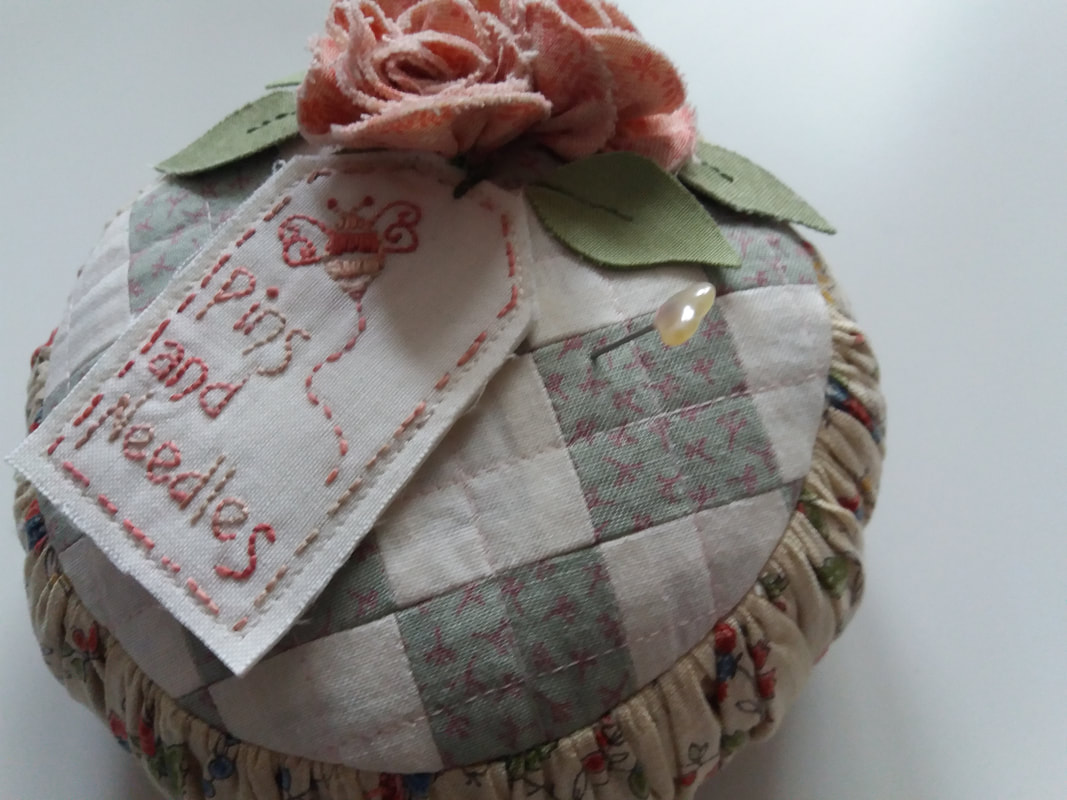

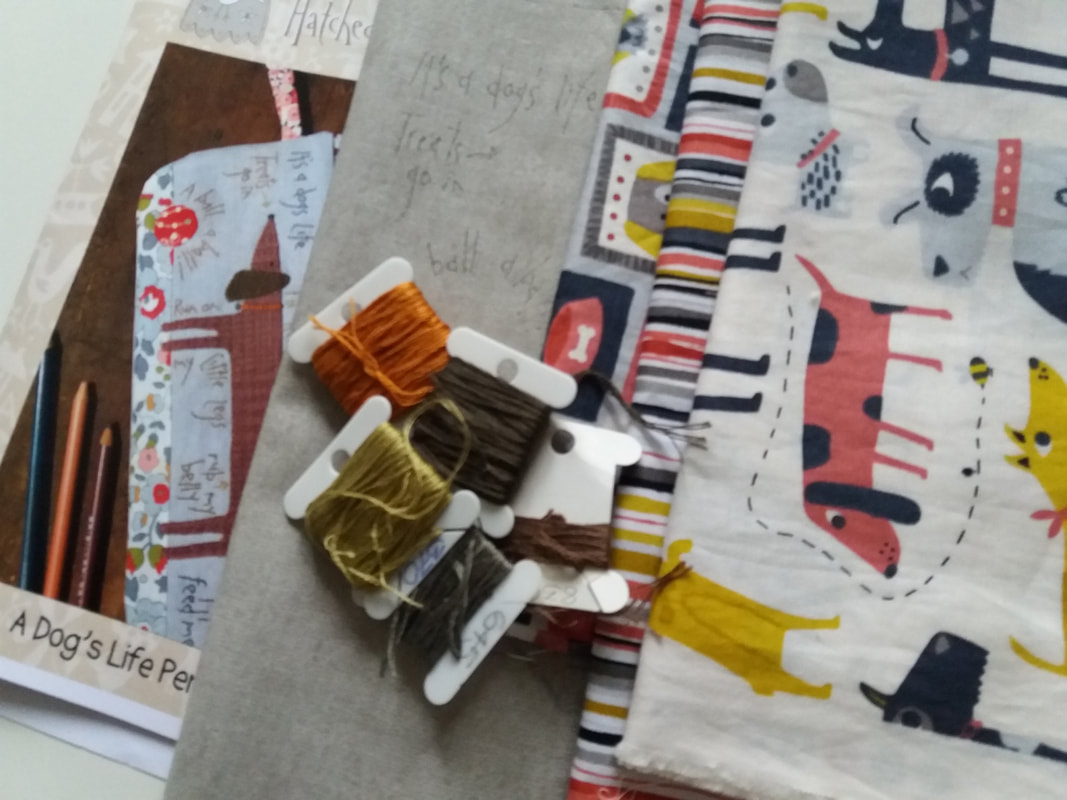






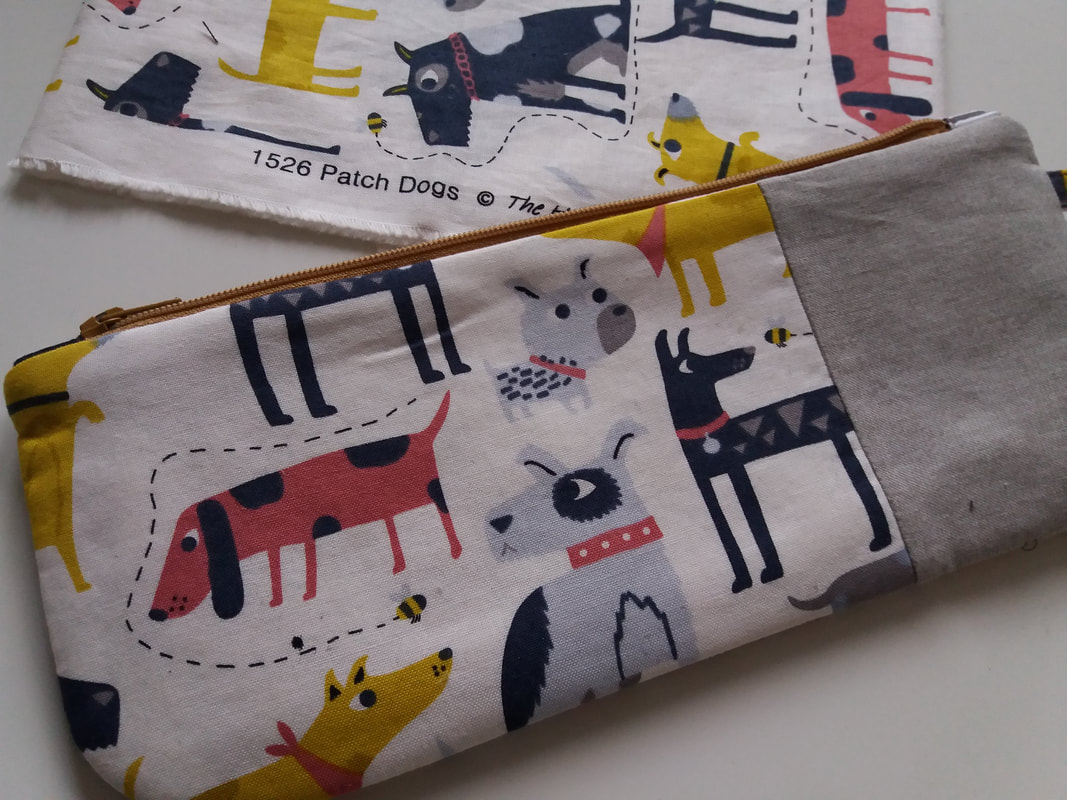










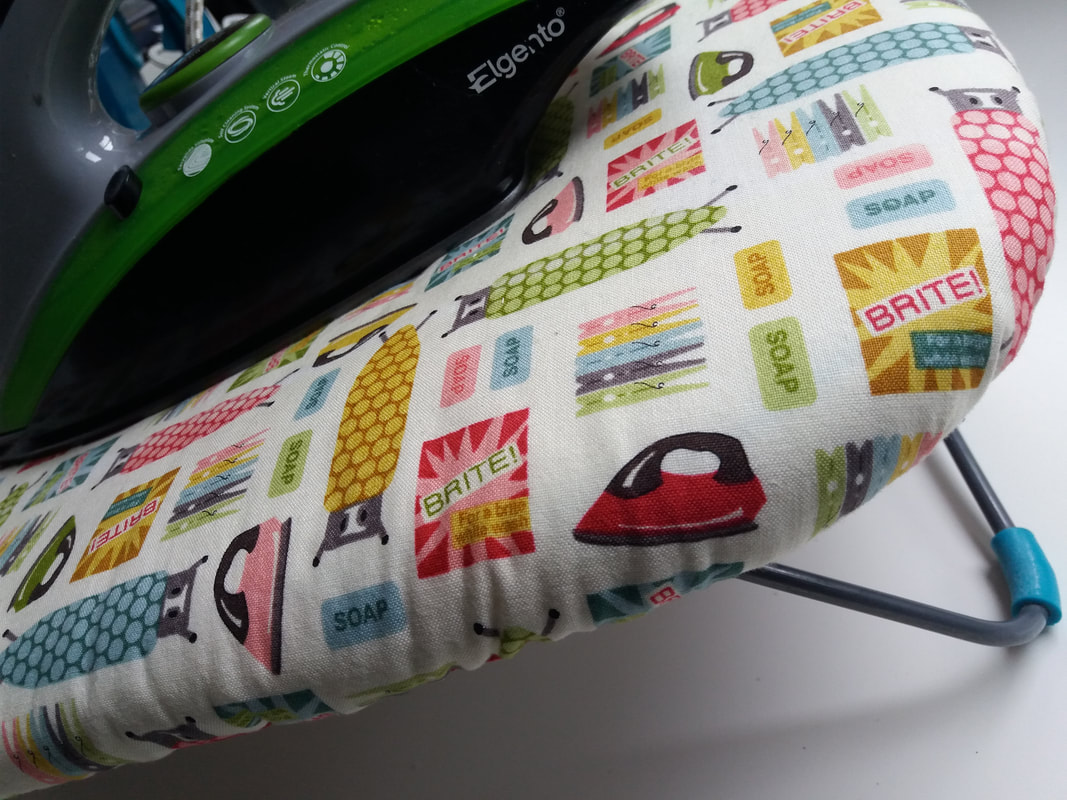









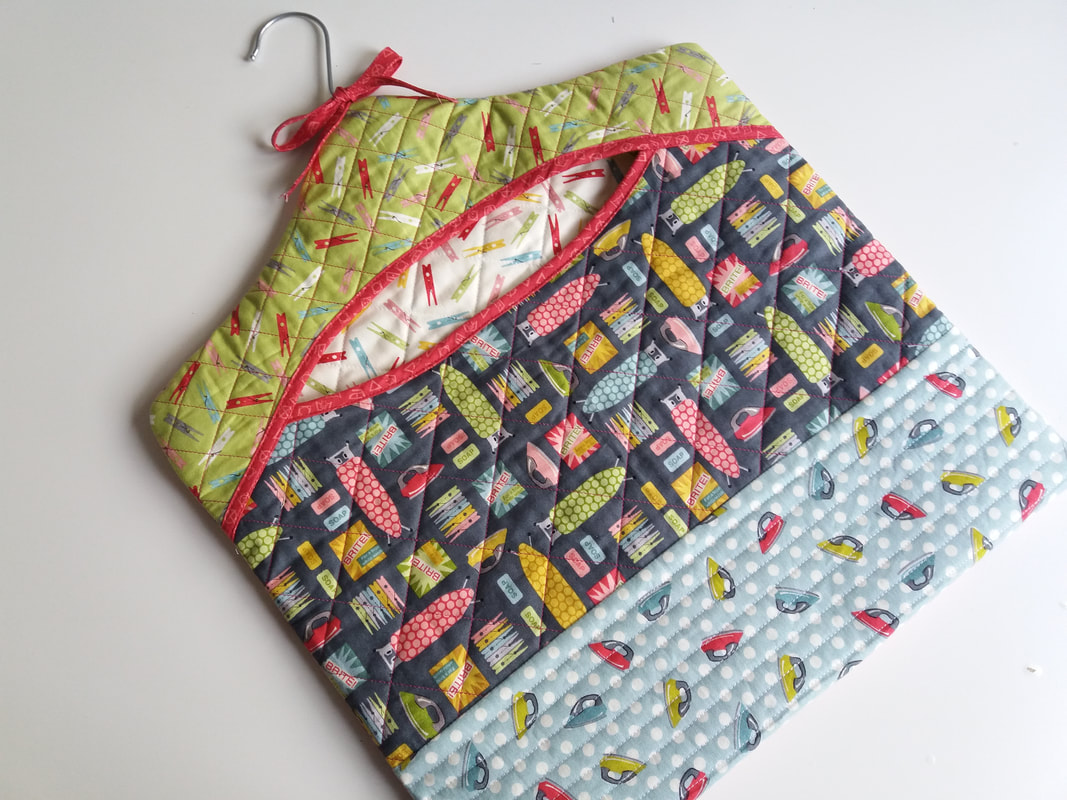







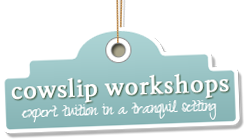

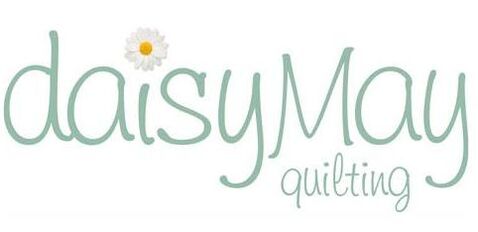



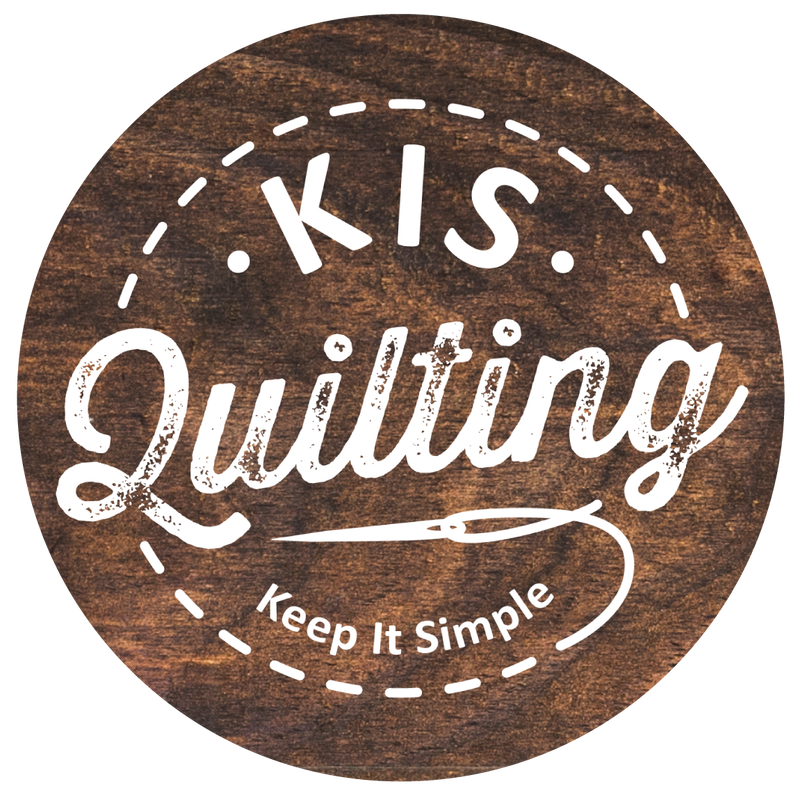



















 RSS Feed
RSS Feed

